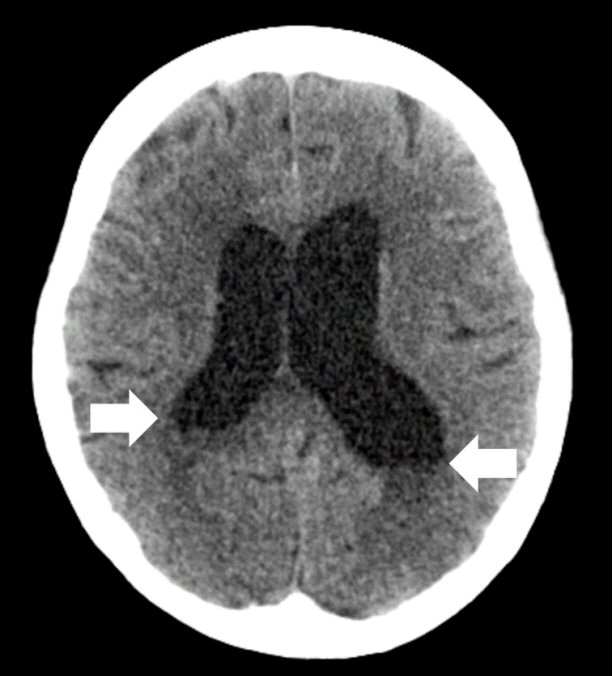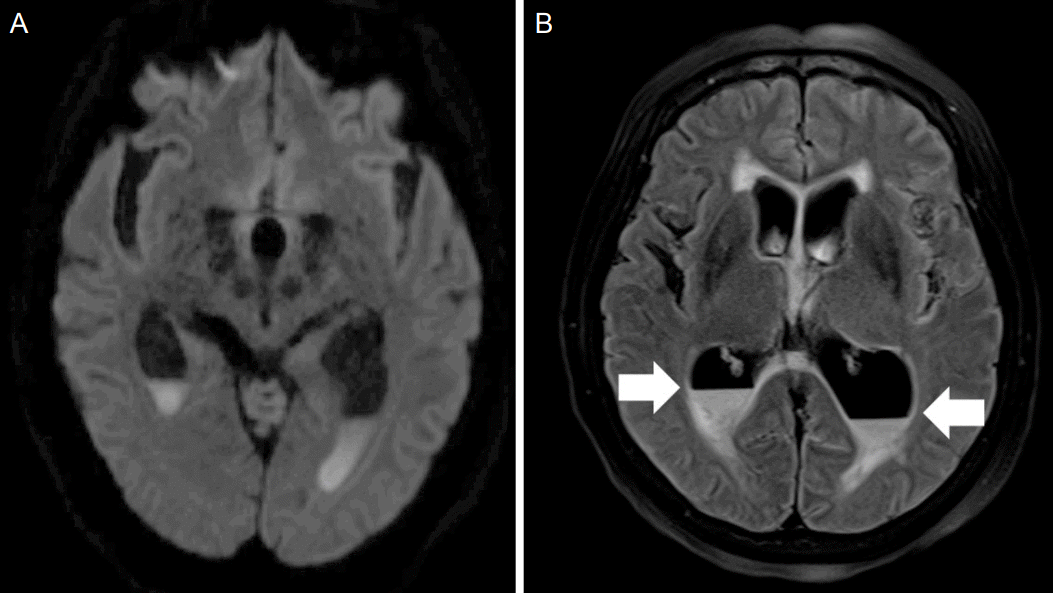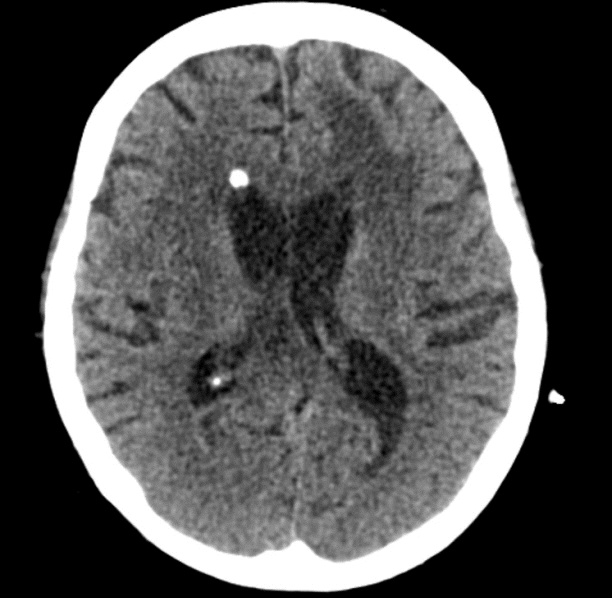1. Uh J, Yezhuvath U, Cheng Y, Lu H. In vivo vascular hallmarks of diffuse leukoaraiosis. J Magn Reson Imaging. 2010; 32:184–90.

2. Yuen AHC, Mok FCK. Ventriculitis: an unusual cause of sepsis in an elderly patient who presented with persistent fever. Asian J Gerontol Geriatr. 2006; 1:49–52.
3. Robinson A, Lind CR, Smith RJ, Kodali V. Atlanto-axial infection after acupuncture. Acupunct Med. 2016; 34:149–51.

4. Hyun JI, Kim YJ, Jeon YH, Kim SI, Park YJ, Kang MW, et al. A case of ventriculitis associated with renal abscess caused by serotype K1 Klebsiella pneumoniae. Infect Chemother. 2014; 46:120–4.
5. Wang JH, Lin PC, Chou CH, Ho CM, Lin KH, Tsai CT, et al. Intraventricular antimicrobial therapy in postneurosurgical Gram-negative bacillary meningitis or ventriculitis: a hospital-based retrospective study. J Microbiol Immunol Infect. 2014; 47:204–10.

6. White A. A cumulative review of the range and incidence of significant adverse events associated with acupuncture. Acupunct Med. 2004; 22:122–33.

7. Collier CB, Gatt SP. Epidural abscess in an obstetric patient. Anaesth Intensive Care. 1999; 27:662–6.

8. DeFroda SF, DePasse JM, Eltorai AE, Daniels AH, Palumbo MA. Evaluation and management of spinal epidural abscess. J Hosp Med. 2016; 11:130–5.

9. Ryan KJ, Ray CG. Sherris medical microbiology. 6th ed. New York: McGraw-Hill Education Medical;2014.
10. Woldu MA. Klebsiella pneumoniae and its growing concern in healthcare settings. Clin Exp Pharmacol. 2016; 6:199.
11. Hussein KA, Hasan ZA, Jassim UT, Al-Mussawi AA. Extended spectrum ß-lactamase (ESBL)-producing Klebsiella pneumoniae isolated from burn wound infections. Int J Curr Microbiol App Sci. 2016; 5:400–4.

12. Dhillon RH, Clark J. ESBLs: a clear and present danger? Crit Care Res Pract. 2012; 2012:625170.

13. El Bouamri MC, Arsalane L, El Kamouni Y, Zouhair S. Antimicrobial susceptibility of urinary Klebsiella pneumoniae and the emergence of carbapenem-resistant strains: a retrospective study from a university hospital in Morocco, North Africa. Afr J Urol. 2015; 21:36–40.

14. Laing AJ, Mullett H, Gilmore MF. Acupuncture-associated arthritis in a joint with an orthopaedic implant. J Infect. 2002; 44:43–4.

15. Cheng TO. Infective endocarditis, cardiac tamponade, and AIDS as serious complications of acupuncture. Arch Intern Med. 2004; 164:1464.






 PDF
PDF Citation
Citation Print
Print




 XML Download
XML Download